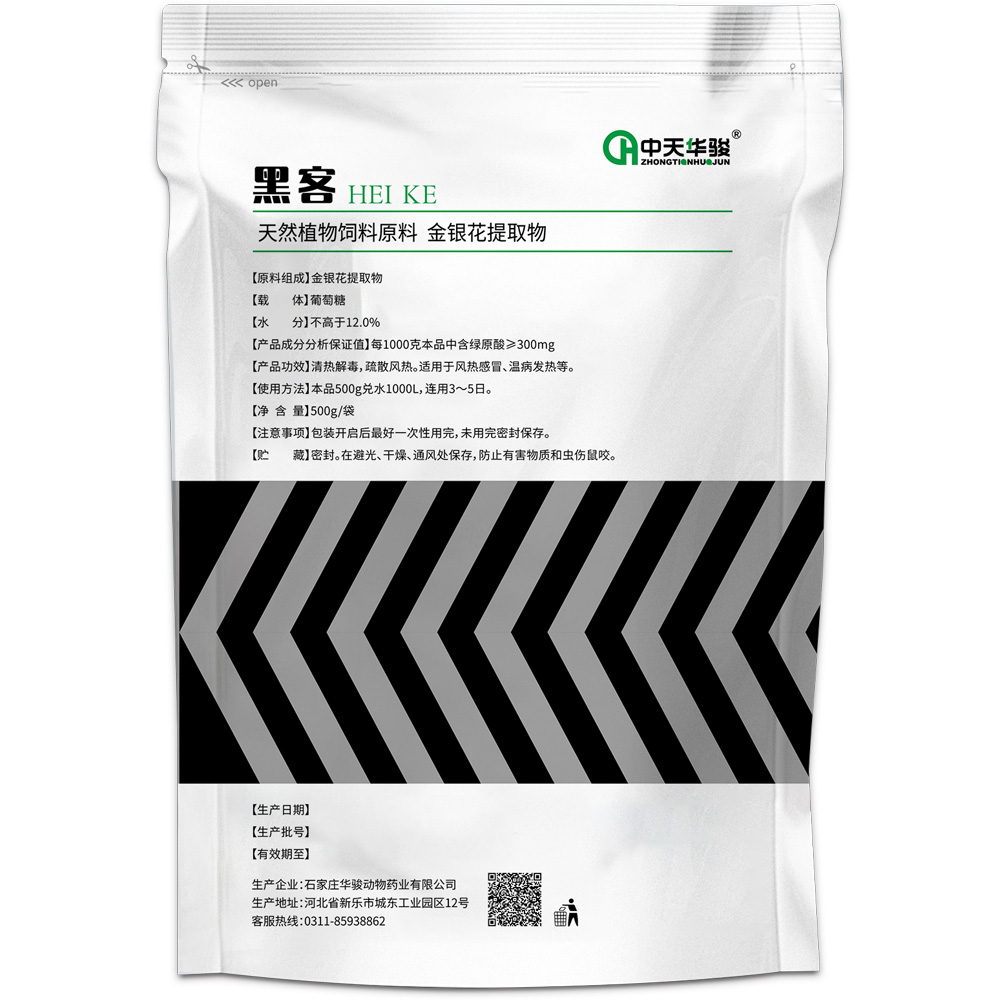
Nov . 09, 2024 04:01 Back to list
Exploring the Uses and Effects of Florfenicol in Veterinary Medicine and Aquaculture
Exploring Florfenicol An Effective Antibiotic for Animal Health
Florfenicol is a broad-spectrum antibiotic that has garnered significant attention in both veterinary and aquaculture medicine. As a synthetic derivative of chloramphenicol, it possesses unique properties that enhance its efficacy against a wide range of microorganisms. This article delves into the importance, applications, mechanisms, and safety profile of florfenicol, highlighting its role in shaping modern animal health practices.
What is Florfenicol?
Florfenicol is formulated as a white crystalline powder, typically used in veterinary medicine to treat various bacterial infections in livestock and aquaculture. Unlike chloramphenicol, florfenicol has been modified to increase its antibacterial efficacy while minimizing potential toxic effects in animals. Its primary action involves inhibiting bacterial protein synthesis by binding to the 50S ribosomal subunit, effectively stalling bacterial growth and replication.
Applications in Veterinary Medicine
In veterinary medicine, florfenicol is predominantly used to treat respiratory infections in cattle and swine, as well as certain types of infections caused by various pathogens. It is particularly noted for its activity against Gram-negative and some Gram-positive bacteria, making it a versatile option for livestock health management.
Florfenicol is also widely used in aquaculture. Fish farming has become an enormous industry worldwide, and managing health is crucial to sustaining fish populations and ensuring economic viability. Common applications in aquaculture involve administering florfenicol to manage bacterial infections such as Edwardsiella ictaluri in catfish and Aeromonas hydrophila in other fish species. By preventing and treating these infections, florfenicol helps ensure better growth rates and survival of aquaculture species.
Mechanism of Action
florfenicol

Florfenicol works by inhibiting the synthesis of bacterial proteins, which are essential for bacterial growth and reproduction. This mechanism primarily involves binding to the 23S rRNA of the 50S ribosomal subunit, blocking the peptide bond formation process during protein synthesis. Unlike many other antibiotics, florfenicol has a strong affinity for the ribosome, allowing it to maintain its efficacy even in the presence of antibiotic resistance mechanisms that may affect other drugs.
Additionally, florfenicol has been recognized for its long half-life in animal tissues. This means that it can be effective for extended periods after administration, reducing the frequency of dosing and improving adherence to treatment protocols.
Safety Profile and Resistance Concerns
The safety profile of florfenicol is generally favorable; however, its use in food-producing animals raises regulatory considerations. It is crucial to adhere to established withdrawal times to ensure that residues do not remain in the animal products consumed by humans. Regulatory agencies such as the U.S. Food and Drug Administration (FDA) and the European Medicines Agency (EMA) have laid down guidelines to ensure that florfenicol is used responsibly in food-producing animals.
Moreover, antibiotic resistance remains a significant concern in veterinary practice. While florfenicol has shown effectiveness against resistant strains of bacteria, the risk of resistance developing cannot be overlooked. Strategies to mitigate resistance include rotating antibiotics, using florfenicol judiciously, and implementing strict biosecurity measures in farming operations.
Conclusion
Florfenicol plays an essential role in modern veterinary and aquaculture practices, offering effective solutions for bacterial infections in various animal species. Its unique mechanism of action, broad-spectrum efficacy, and favorable safety profile make it a valuable tool for preserving animal health and ensuring food safety. However, as with any antibiotic, it is imperative to use florfenicol judiciously to mitigate the risk of resistance and maintain its effectiveness for future generations.
In conclusion, florfenicol stands out as a critical component in the arsenal against animal diseases, underscoring the importance of responsible antibiotic use in veterinary medicine. By fostering a sustainable approach to antibiotic administration, we can continue to safeguard animal health while also ensuring the food supply's integrity and safety. As the demand for animal products continues to rise, the responsible integration of florfenicol into treatment regimens will be essential for a sustainable future in agriculture and aquaculture.
-
Top Hemoglobinuria Manufacturer & Supplier Reliable Hemoglobinuria Factory Solutions
NewsJun.24,2025
-
Premium Honeysuckle Products - Leading Honeysuckle Manufacturer & Supplier Factory
NewsJun.10,2025
-
Pulmonary Edema Solutions from Leading Manufacturer & Supplier Reliable Factory Price
NewsJun.10,2025
-
Red Eyes - Leading Red Eyes Manufacturer & Supplier, Premium Quality Factory Price
NewsJun.10,2025
-
Broiler Ascites Syndrome Solutions Top Manufacturers
NewsJun.10,2025
-
Premium Amoxicillin Suppliers Reliable Biomox Mexican Factories
NewsJun.10,2025




